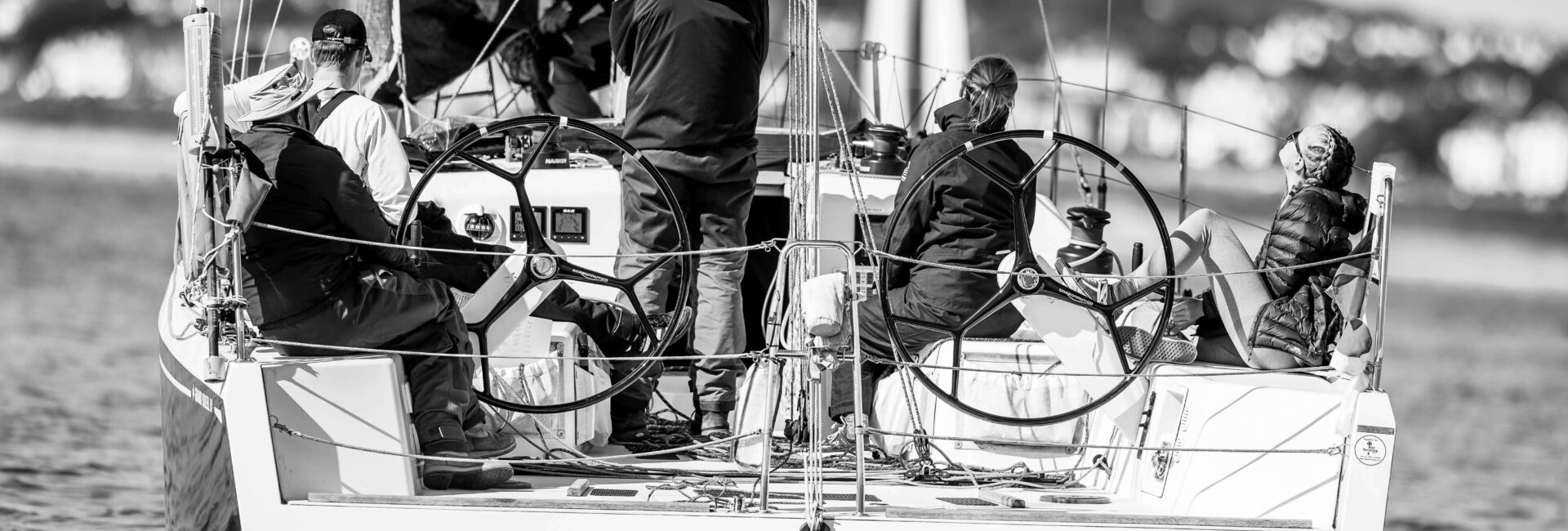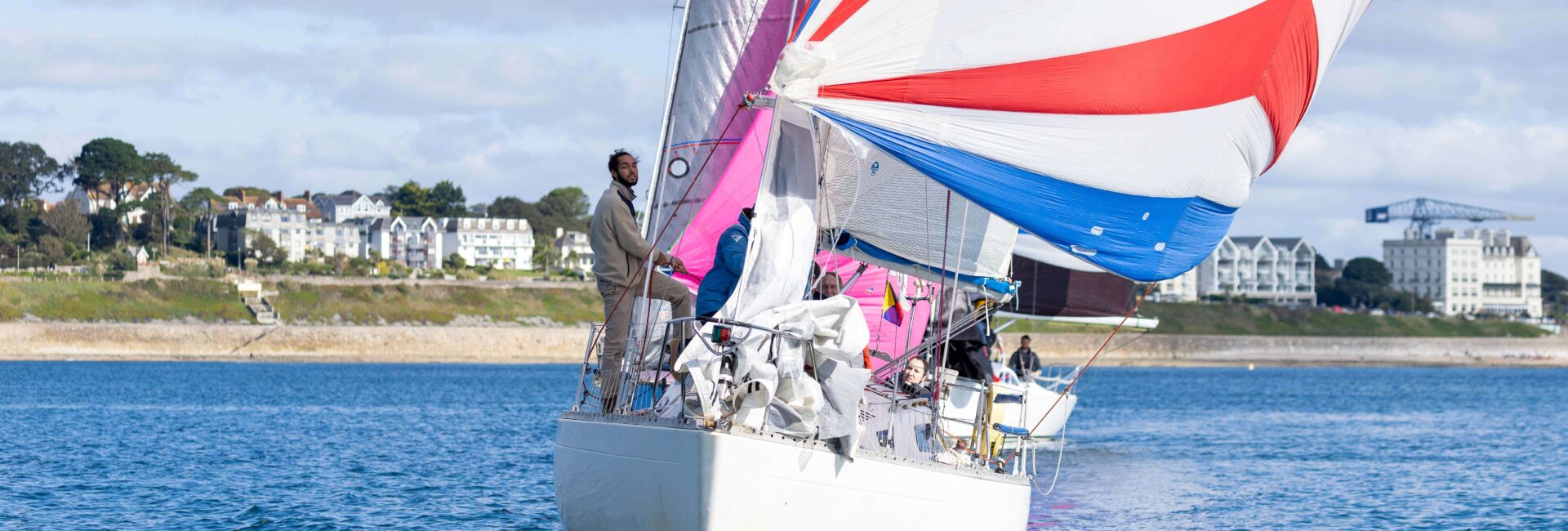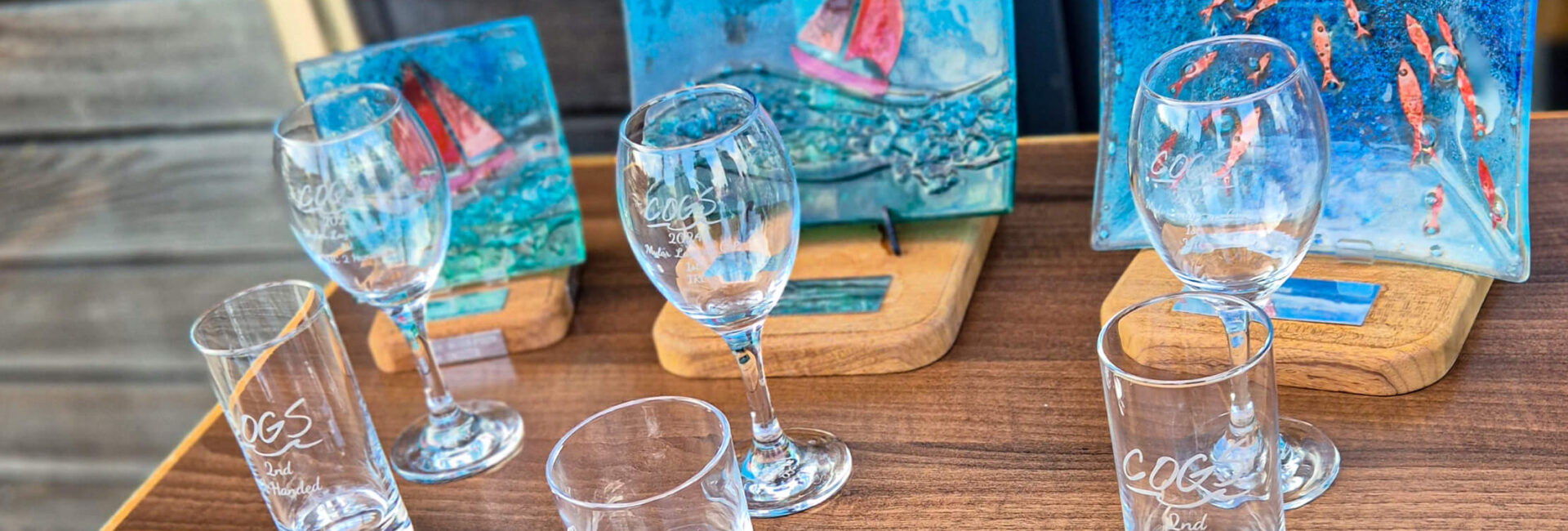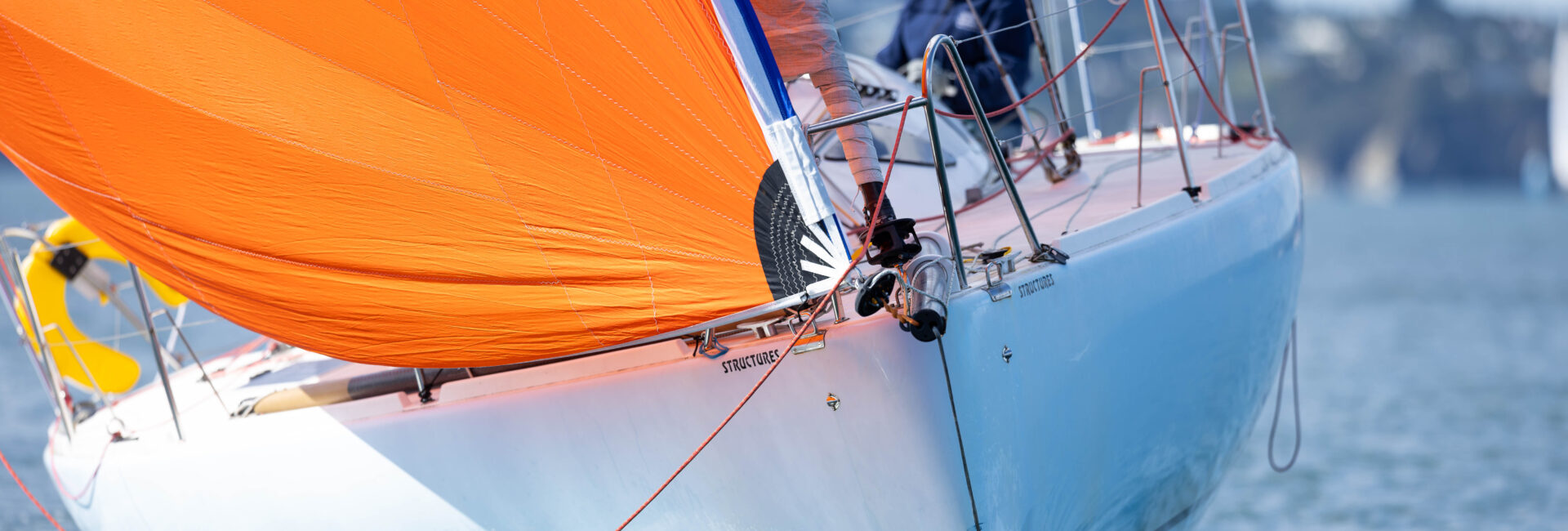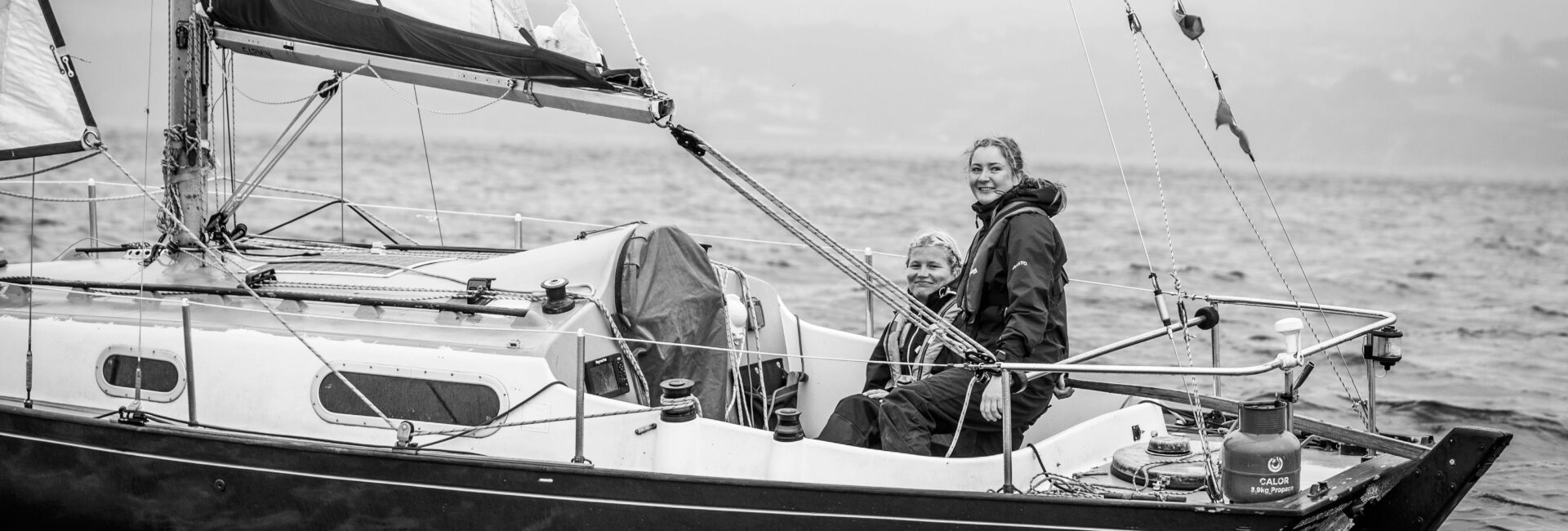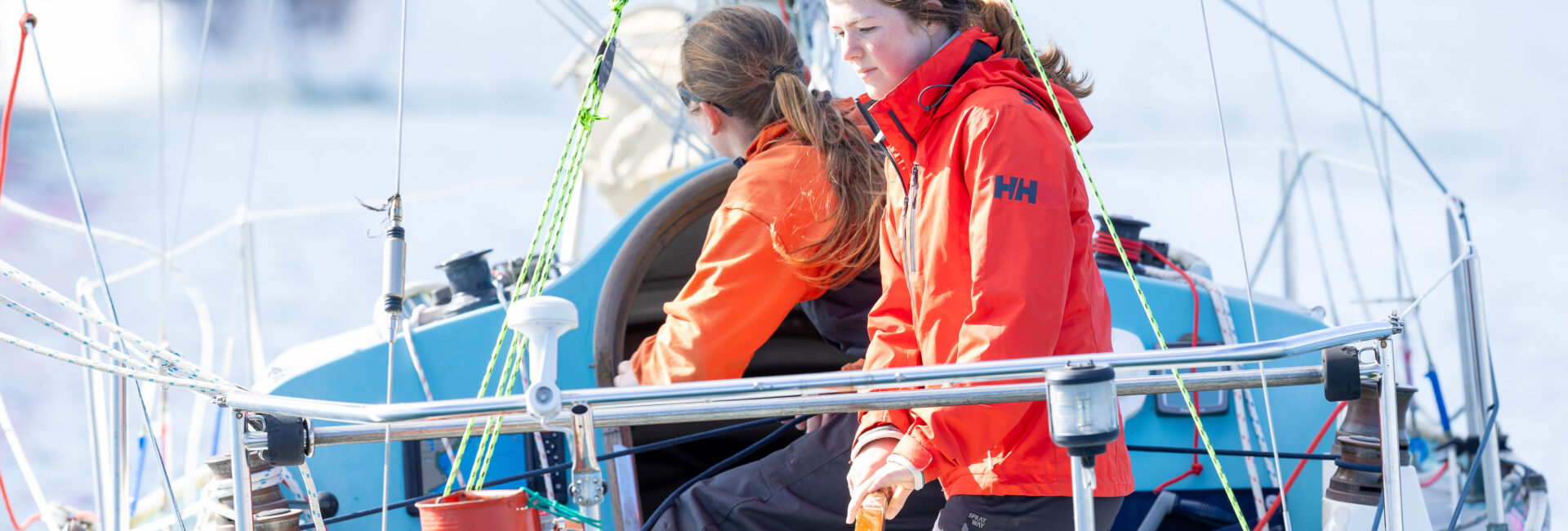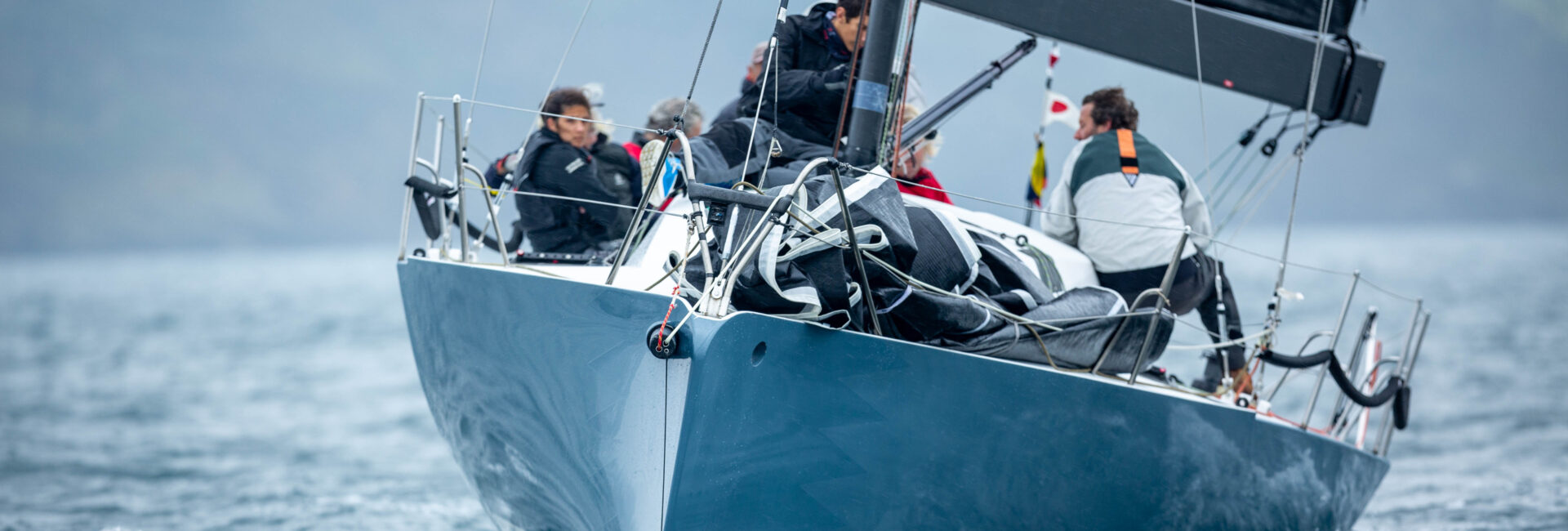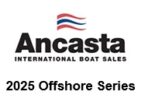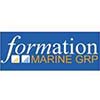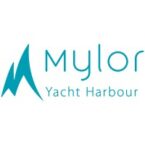St Mawes To Salcombe Race Report 2025
What a great weekend! The race looked to be in doubt for much of the week and as late as Friday lunchtime – with just 6 hours to the start – we were still discussing alternatives. At the very last moment the forecast cheered up and – with just 1 hour to go – the courses were confirmed exactly as we’d planned and hoped for.
This inaugural edition of the St Mawes to Salcombe race, part of the COGS Offshore series sponsored by Ancasta, proved an interesting and challenging nav-ex that was thoroughly enjoyed by the five IRC, and seven YTC boats that took part.
The race was conceived as a Fastnet qualifier for the IRC boats, and so had to be a night race over 75nm. This created a challenge for organisers with the as-the-crow-flies distance from Falmouth to Salcombe just 50 miles. Anthony Nathan set about finding marks to stretch the distance and discovered several hither-to unnoticed buoys including the catchily named ‘Un-named yellow buoy’!
The fleet set out from the St Mawes club line under the starter’s orders of RO Ian Reid with a very light breeze of just a few knots. Slowly beating out to the Roads, boats converged on a new river breeze that took them from a beat to a run in a few yards. This very unstable band of pressure compressed the fleet, allowing YTC starting 5 minutes behind to catch the IRC boats up.
The fleet fanned out across the Bay and together, pushing at the front of this unstable pressure nudged out towards the Manacles. To start with it looked like wind angle and the better wind left would favour the yachts that went that way, but the tide provided the boats that pushed right towards the Lizard with a boost that brought Jackdaw, Inn Spirit and others into the first mark ahead.
From The Manacles the two fleets gently split apart, with YTC edging further out to sea on their direct course to Salcombe. IRC meanwhile headed for Dodman B to round to starboard. From there the voyage of discovery started to the afore mentioned ‘Buoy with no name’. As darkness fell, a single yellow flash every 10 seconds ten miles further on guided us towards it.
On Afrita we rounded it neck and neck with British Beagle, sailing side by side with spinnakers flying in the moonless darkness. Then we turned our attention to finding E1, 5 flashes every 20 seconds, further out to sea still.
A very pleasant spinnaker leg came to an end at E1 and the beating began to the Eddystone. On starboard, a wind-over-tide chop made progress stop and start and the breeze was also trending down and starting to swing left and right by 50 degrees, meaning there were big gains to be had by choosing when to tack. By the time we rounded the Eddystone the breeze was returning and by the time we made it to Hands Deep there was a glimmer of light back in the sky. With a mile to go and just enough wind angle we got the kite back up as Beagle were closing the gap.
The leg back in towards Plymouth saw the expected build in breeze and before reaching L4 we had to change down to the number 2 and start reefing. The sea picked up but we were still making good speeds with the number 2 and a double reefed main. The final leg from the Draystone channel marker at the entrance to Plymouth Sound proved as expected the most challenging.
Long tacking along the Devon coast, the cold wind gusted to 20 knots at times. But the sun shone, and the coastline looked beautiful. The only mark out of position proved to be the finish so competitors took their time at the Lat and Long before turning left, dodging the bar and arriving into the ria of Salcombe.
Meanwhile in YTC, with 5 out of 7 boats sailing two-handed, a couple of boats had spinnaker issues (the tack and clew markings really need to be made larger) and the class was already spread out before turning onto a freshening reach towards Hand Deeps. From there we expected the wind to rotate clockwise but, in the event, the wind backed northerly giving a difficult beat to the finish. Hand Deeps, as marked on the chart, is another curious naming with the west cardinal buoy marked Hands Deep on one side and, confusingly, Ands Deep on another. Next time we’ll take a Sharpie!
It was a superb race, my crew said it was their favourite ever COGS race, and judging by the mood at prize-giving in the Salcombe Yacht Club that evening that feeling was widely shared. Tim and Clive did a terrific job of organising the prizes, after some generous words of welcome from the Vice-Commodore who had kindly hosted our post-race event. Salcombe was at its best in the sunny weather, and returning boats were treated to flat water and calm conditions for the return passage the following day.
Big thanks to Tim Rowley and to Anthony for all the hard work it took over the winter pulling this new race together. Thanks also to race officer Ian Reid and to St Mawes Sailing Club for agreeing to be the host club, and to Salcombe Yacht Club for their hospitality. Hopefully this race will become a regular fixture on the COGS calendar.
Andrew Laming (helped by Tim Rowley)


